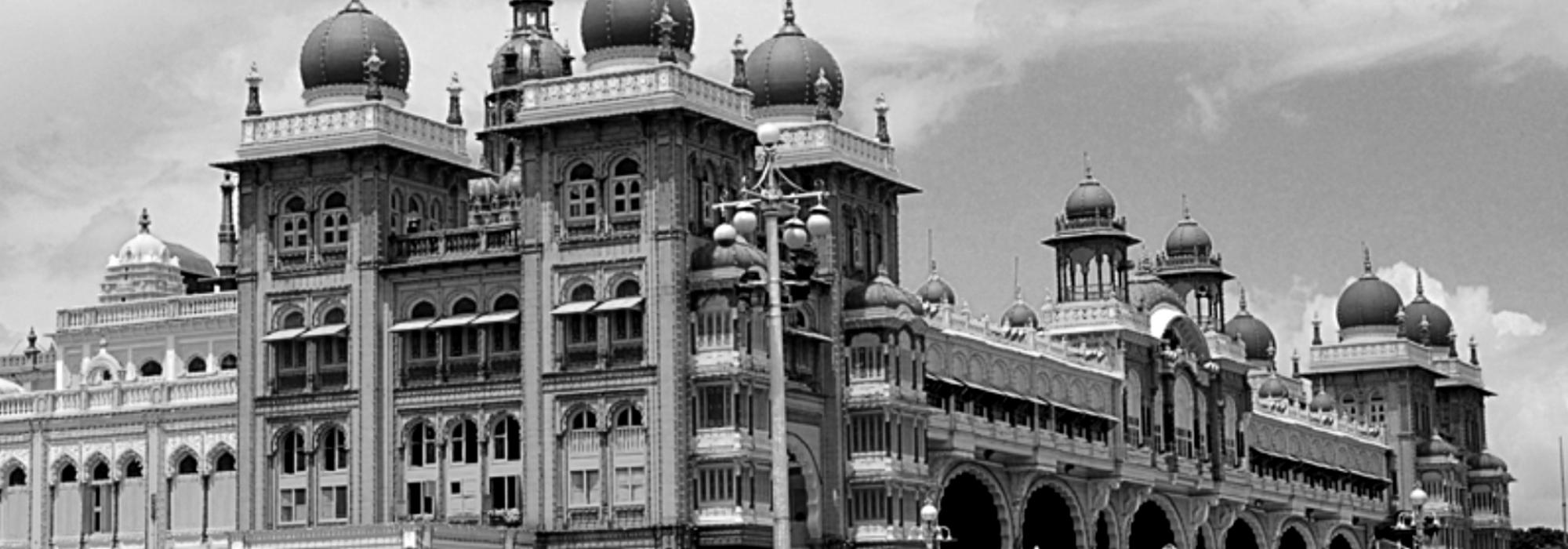Standing Committee
An incident took place at the Representative Assembly of Mysore. During one of the sessions of the Representative Assembly, M Venkatakrishnayya and a few other leaders personally invited the members of the Assembly to another private meeting. Those members arrived at a decision during the privately-organized meeting –
“The government treats us like a gang of petitioners in the sessions of the Representative Assembly. This is not correct. We are not mere petitioners. We are Qualified Citizens – officially recognized nationalistic citizens. We must have a specific position in the Government’s administration. Conducting this fête once a year does not help the citizens at all. If at all the people have to benefit from the Representative Assembly, it has to function all twelve months of the year. Since it is not possible for the whole assembly to congregate on all the three-hundred-and-sixty-five days of the year, the Representative Assembly must appoint a Standing Committee. The Government should recognize that Committee and submit its legislations, bills, and other administrative arrangements for the Committee’s perusal.”
The people who supported this decision, I suppose, included people such as Planter Crawford and Reverend Gulliford amongst foreigners and those such as M Venkatakrishnayya, D Venkataramayya of Bangalore, Srinivasa Rao of Chikkamagalur, H Nanjunda Rao of Davangere, amongst the Indians. This private assembly sent its decision to the government. Neither was there any response from the government nor any acknowledgment of receipt.
The next year someone brought up this proposal at the Representative Assembly and stirred up a commotion.
“What about that committee?”
The Dewan asked, “Which committee?”
“We appointed a committee,” said a representative.
“It is for you to find it out. The Government knows of no committee,” said the Dewan.
A year later, once again:
Someone asked, “What happened to that committee?”
“The committee is dead,” the Dewan retorted.
“Is it burnt or buried?”
The Dewan replied, “Which would you like?”
Heated arguments and frictions of this kind would occur quite often.
However, nobody lost their sleep over this. Nobody’s meal was disturbed. This merely became a subject of humor for those who used to read newspapers. The reason for this being that there wasn’t any disturbance caused by the Government to the people’s peace.
While hundreds opposed Seshadri Iyer, there were thousands who believed, If the government is doing something with a noble intention, the outcome of it shall also be good. And those nonchalant about this were over a ten thousand.
Audacity
The Representative Assembly was brimming with discord. Seshadri Iyer’s tone of speech and countenance strongly radiated his arrogance of authority.
On one occasion during an assembly session, Seshadri Iyer condescendingly snubbed a member and sat him down. Even the British Resident was amongst the participants at the session. During an Assembly session, the presence of the Resident on stage or amongst the spectators was not a rare sight.
During that period, Sir Willam Lee-Warner used to be the Resident. He was a well-known intellectual and an influential personality. The Citizen of India, a treatise authored by him, was a textbook in all schools and colleges. M B Srinivas Iyengar, who was a high school headmaster, had translated that book to Kannada with the title Hindu Deśada Nāgarīka. I have read both the English book and its Kannada translation. The style of the language used in the English book is fine and mature. However, the narration of the subject, quite often, tended to excessively praise the British. Due to this, the popularity it garnered did not last long. All in all, Lee-Warner was the enforcer of the Imperialist Government.
Chanchal Rao’s Ire
While sitting through the Representative Assembly session, he [Lee-Warner] witnessed the authority with which Seshadri Iyer shut the mouths of the members. After returning home, he wrote a letter of appreciation to Seshadri Iyer. “The manner in which you conducted the session was excellent. That is how the mouths of the impertinent should be shut and suppressed.” This was the crux of Lee-Warner’s letter. This appears to have made Seshadri Iyer happy. He proudly showed this letter to his colleague P Chanchal Rao.
Chanchal Rao snapped in response.
“Seshadri, you should be ashamed of this letter. You are finding happiness in something you should be lamenting about! I don’t wish to be identified as one of your associates anymore. The democracy here should not flourish; the British Government should get established – this is what he aspires, doesn’t he? He has written the letter aligned to that very desire. How is it a matter of pride to us? You were the one who paved the way for it. I don’t approve even slightly of your behavior in the Assembly. Under such circumstances, I can’t remain your colleague anymore. I will tender my resignation to the Mahārāja at this very instant.”
After hearing such bitter words from Chanchal Rao, Seshadri Iyer realized how impertinent his stance was. Conveying his regret to Chanchal Rao, he asked him what he could do that instant.
Chanchal Rao said, “Today, right at the start of the proceedings, convey your regrets about yesterday’s imprudence and tender an apology to the Assembly.”
Seshadri Iyer was a person filled with magnanimity. Without a second thought, he conducted himself as Chanchal Rao had advised.
To be continued...
This is the fourth part of an English translation of the third chapter of D V Gundappa’s Jnapakachitrashaale – Vol. 4 – Mysurina Diwanaru. Edited by Hari Ravikumar.














































